Insa-dong Antique Art Street (인사동 고미술거리)
1.4Km 2025-03-16
29 Insadong-gil, Jongno-gu, Seoul
+82-2-732-2235
As of today, there are approximately 70 shops in the Insa-dong area that sell antique arts. Some of the products they sell include antique artworks, porcelains, woodcrafts, and metalwork. Visitors may even find rare and valuable products such as earthenware from the Silla period or white porcelain used in the Joseon dynasty. Each shop is a specialty store, authorized to sell product types that are of their expertise, ranging from antique furniture and traditional artworks to handcrafted items.
Hanji Chueok (Recollections) (한지추억)
1.4Km 2022-09-16
6, Insadong 7-gil, Jongno-gu, Seoul
+82-2-735-2059
Hanji Chueok (Recollections) is one of the better-known craft shops in Insa-dong and has even been featured by a number of international magazines. Prepared using traditional Korean processing methods, hanji is a type of beautiful, high-quality paper. Hanji Chueok is a great place to experience the tradition of hanji crafts; accessories, photo frames, and interior design items line the store shelves. Visitors can not only purchase extremely well-crafted items, but can also participate in seminars taught by professional artists to learn how to make their own hanji items. Visitors can take home their hanji creations as a lovely souvenir at the conclusion of the seminar.
Tong-In Store (통인가게)
1.4Km 2020-05-07
32, Insadong-gil, Jongno-gu, Seoul
+82-2-733-4867
Tong-In Store is the oldest traditional crafts shopping center in Korea. It is home to over 100 shops that sell ancient and contemporary traditional crafts, as well as galleries that display craft collections by emerging artists.
Owl Museum (부엉이박물관)
1.4Km 2022-09-19
143, Bukchon-ro, Jongno-gu, Seoul
+82-2-3210-2902
The Owl Museum is filled with over 2,000 pieces of owl-themed arts and crafts collected from all over the world by the owner. Renovated from a house, the museum has a feel of an antique café as the owner offers a cup of coffee or tea to visitors. Located near the city, those interested in owls should stop for a view and a drink. Various stories of how the collection was gathered as well as information on owls are also interesting.
Restaurant DAM (레스토랑담)
1.4Km 2021-03-30
30-7, Insadong-gil, Jongno-gu, Seoul
+82-2-730-3624
It is a gallery-like restaurant where you can enjoy paintings by famous artists. This restaurant's signature menu is pork shoulder steak. This Western dishes restaurant is located in Jongno-gu, Seoul.
Insa-dong Maneul Bossam (인사동마늘보쌈)
1.4Km 2024-03-18
12-5 Insadong 8-gil, Jongno-gu, Seoul
+82-2-735-7885
Insa-dong Maneul Bossam is a Korean restaurant nestled in the alleys of Insa-dong. Specializing in dishes like maneul bossam (kimchi cabbage wraps with pork and garlic), kimchi jjim (braised kimchi), nakji bokkeum (stir-fried octopus), buchujeon (chive pancake), kimchijeon (kimchi pancake), yeolmu naengmyeon (cold buckwheat noodles with young summer radish kimchi), and bam makgeolli (unrefined chestnut rice wine). Their signature dish, the bossam jeongsik (kimchi cabbage wraps with pork set menu), features pork belly boiled in a secret broth, served with a sweet garlic sauce for dipping, along with seaweed soup, fresh vegetables for wrapping, dried radish salad, and side dishes. They also offer set menus for two people, and neomu hansang set menu.
Isae (이새)
1.4Km 2020-04-24
43-1, Insadong-gil, Jongno-gu, Seoul
+82-2-6713-5592
Targetting middle-aged customers and senior citizens, Isae only uses chemical-free fabrics. Natural fabrics and dyeing characterize clothing in Isae along with functional comfort. Both modern and hanbok (traditional Korean clothing) styles are available.
Isae - Insa Branch (No. 2) [Tax Refund Shop] (이새 인사2호)
1.4Km 2024-04-18
30-1, Insadong-gil, Jongno-gu, Seoul
-
Chungdong First Methodist Church (서울 정동교회)
1.4Km 2020-06-25
46, Jeongdong-gil, Jung-gu, Seoul
+82-2-753-0001
Chungdong Church, having being completed in 1897, was the first Christian church that was built after the spread of Protestantism in Korea. The church was founded in 1887 as a small worship house under the name Bethel by Henry Gerhard Appenzeller, an American missionary. As the number of followers increased, the building underwent construction and officially became a church in 1895. Chungdong Church is the only remaining church building from the 19th century. The church was expanded once more in 1926, changing its from a cross-shaped building to a square one. The expansion was made by adding walls using bricks as not to damage the original building structure. The architecture was built in a simplified version of an American gothic house with arched window frames.
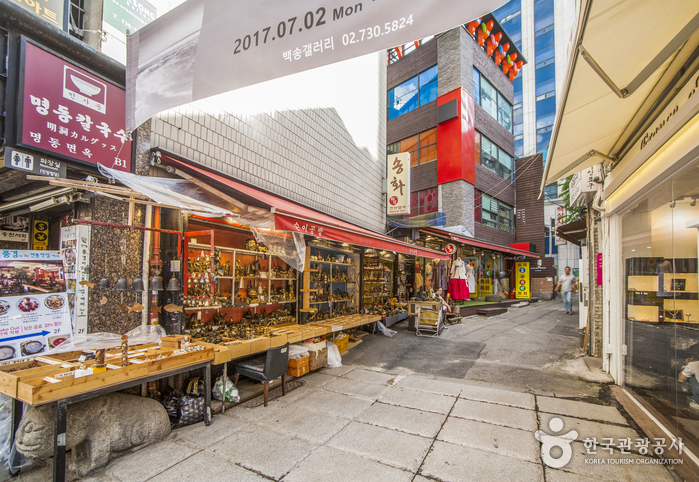
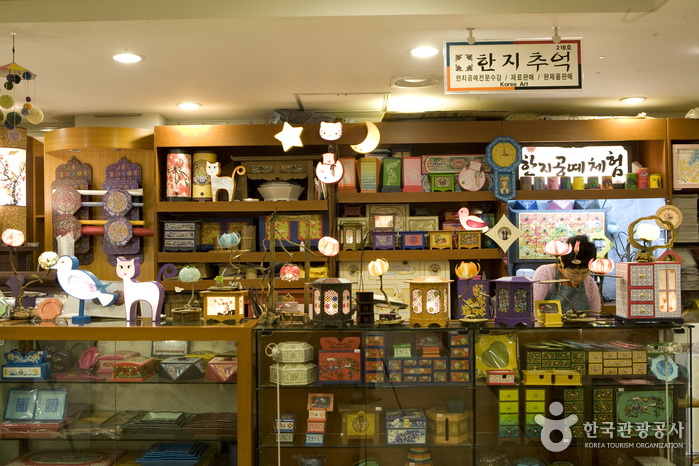
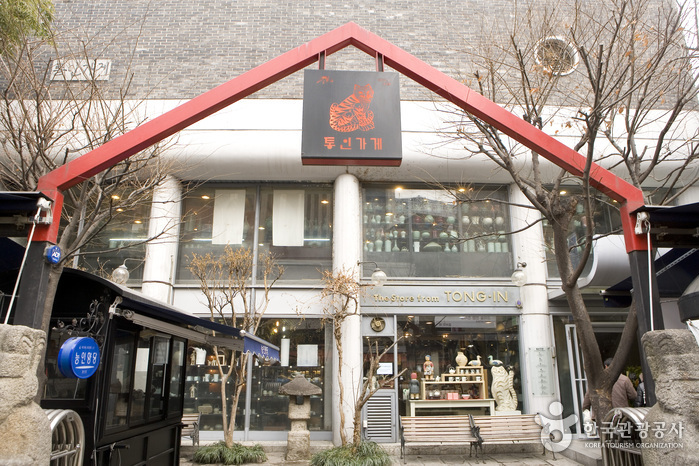
![Kum Bak Yeon [Tax Refund Shop] (금박연)](http://tong.visitkorea.or.kr/cms/resource/74/3313974_image2_1.jpg)
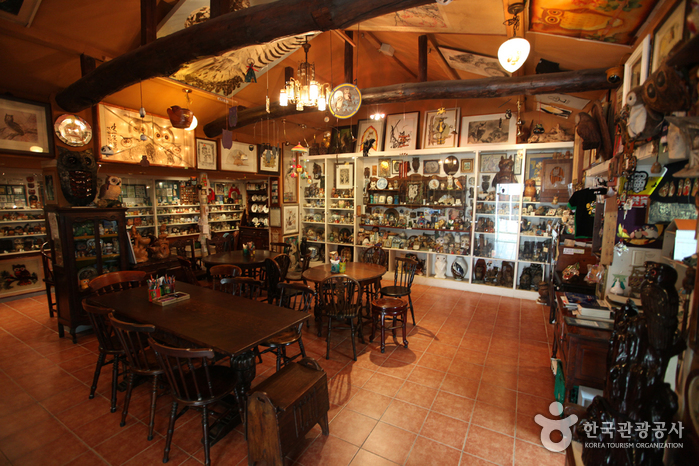
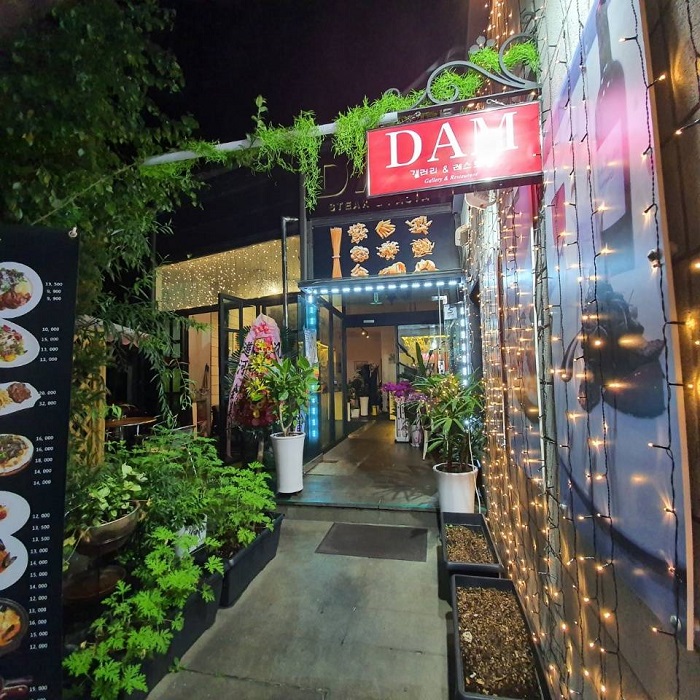

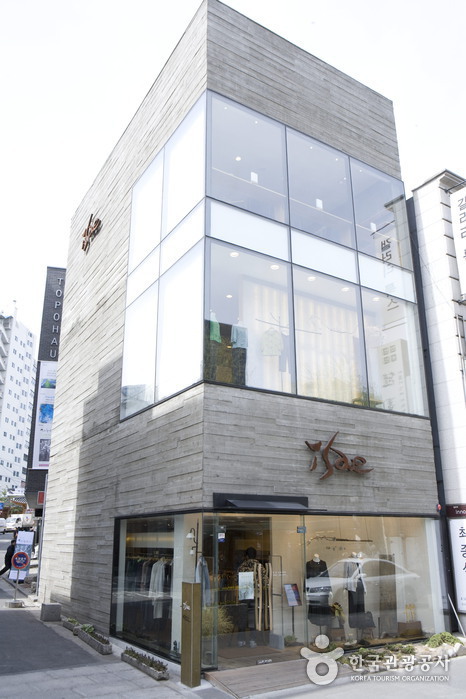
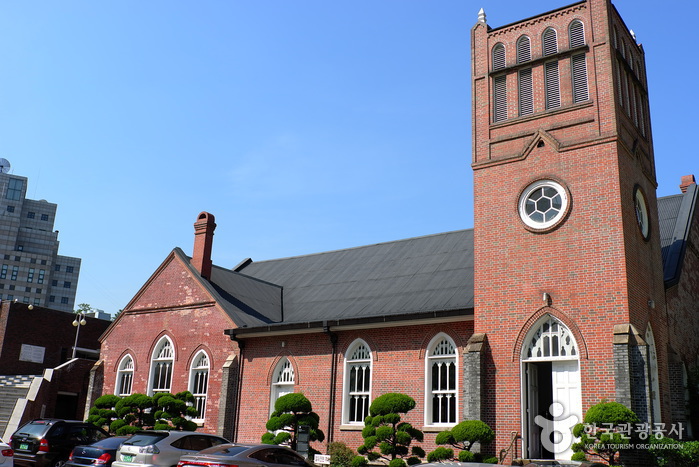
 English
English
 한국어
한국어 日本語
日本語 中文(简体)
中文(简体) Deutsch
Deutsch Français
Français Español
Español Русский
Русский